Modifications to the next-generation King Air
In October 2019, the University of Wyoming was awarded a grant from NSF through the Mid-Scale Research Infrastructure Program to develop the next-generation King Air (referred to as UWKA-2) to replace the previous King Air (UWKA) and serve the NSF Lower Atmospheric Observing Facilities (LAOF) program and NSF-funded investigators for the next several decades. The 5-year effort resulted in a more capable airborne laboratory while occupying the same niche in the NSF LAOF pool as the previous aircraft. The next-generation King Air includes additional ports with a larger payload, greater power capacity, longer endurance, improved investigator access and unprecedented suite of current and new instruments to be the platform of choice for a broad range of investigations.
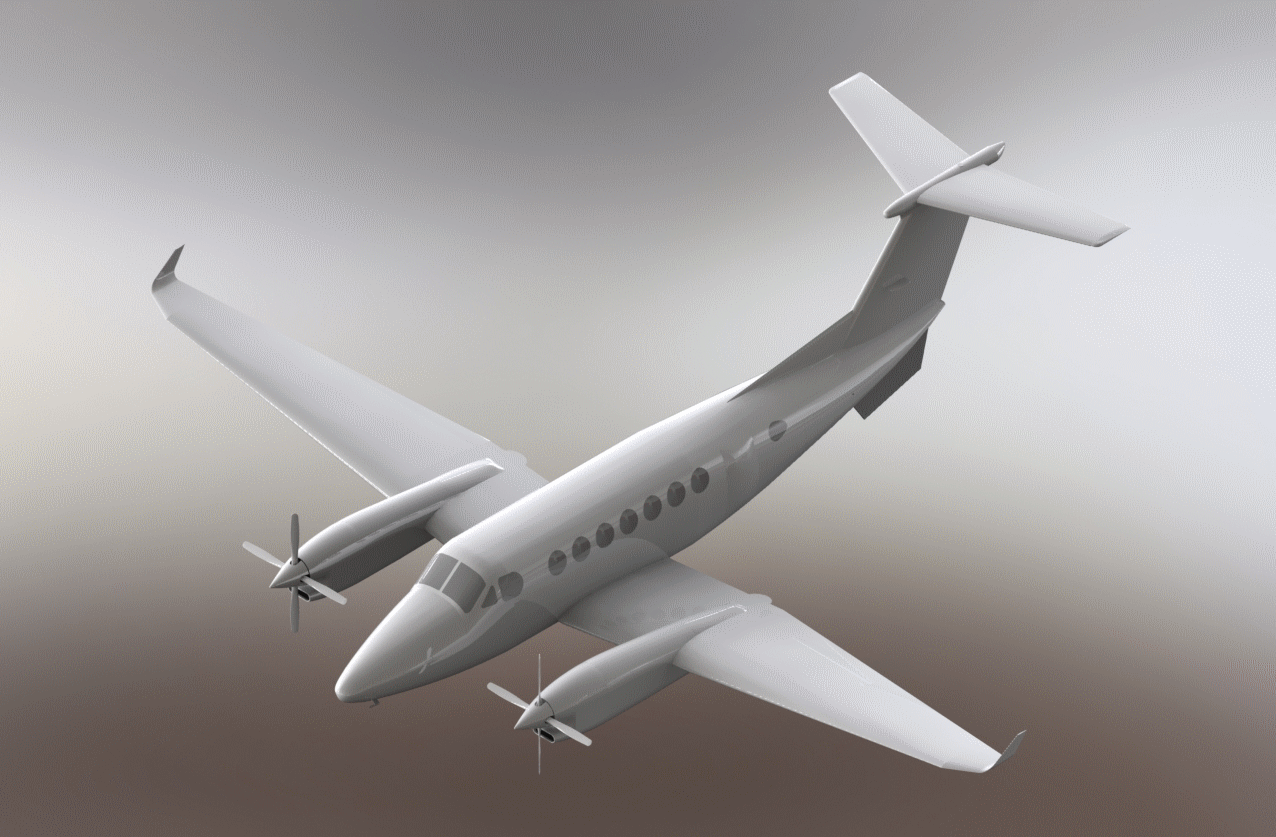
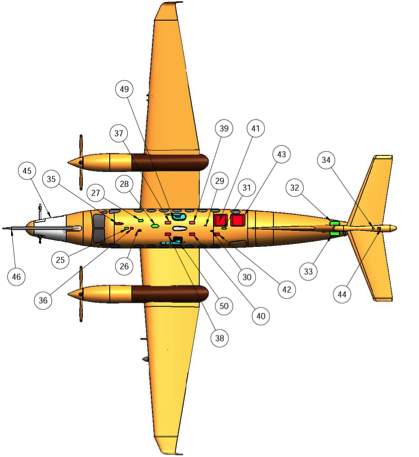
Top and bottom view schematics of research modifications for UWKA-2
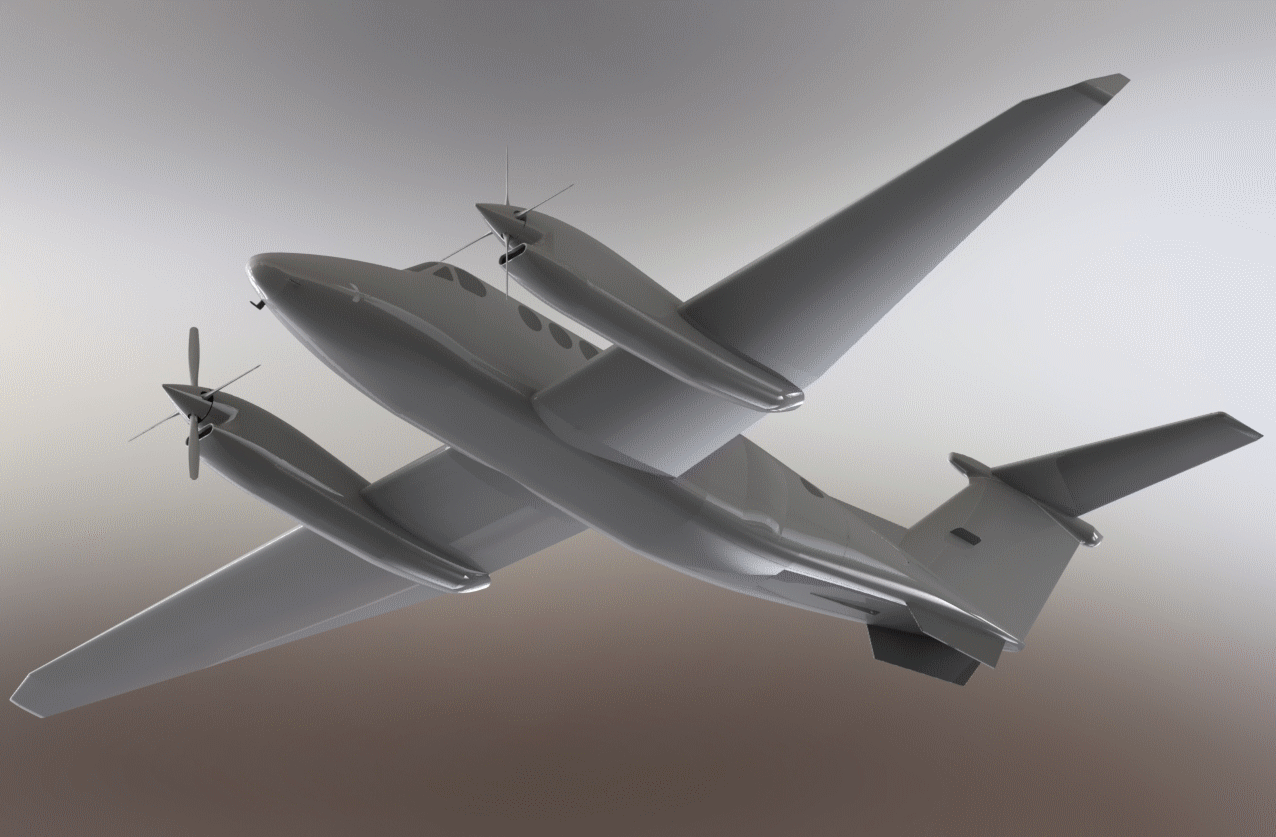
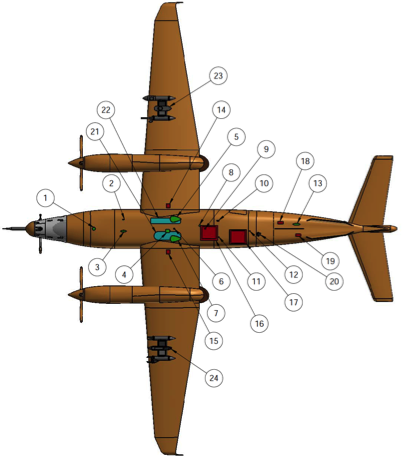
Research Capabilities
UWKA-2 is built upon a modern Beechcraft King Air 350i (B300) and includes more than 50 modifications specifically designed for accommodating existing and new research instrumentation, including radars and lidars, and cloud physics, air chemistry, and aerosol in situ probes. Enhanced air-to-ground communication capabilities will provide the infrastructure and connectivity necessary to allow for new initiatives that will engage investigators and train undergraduate and graduate students through a real-time immersive experience and instrument and flight control from the ground.
Timeline
The baseline aircraft was purchased in mid-2020. Transitioning the aircraft to one capable of conducting atmospheric research with special mission and research modifications and the infrastructure to support airborne instruments took several years. The previous UWKA retired from service in summer 2022, followed by a transition period to modify, test, and certify the UWKA-2. The completion of all upgrades, including new lidar, radar, and communication capabilities will come online through 2025.

Timeline from start of project in 2019 to UWKA-2 becoming operational (last updated February 2023)
Progress Updates
Jump to 2021 | 2022 | 2023 | 2024
April 2021
Design of nose extension/nose boom finalized
The design of the nose extension and nose boom has been finalized and approved by UW. The nose extension is significantly more capable (in terms of weight/volume) than the existing nose extension on the current UWKA. Manufacture of the nose extension will begin in June, with installation scheduled to begin in mid- to late-summer.
Conceptual design of ‘large’ zenith ports completed
The conceptual design for two large zenith ports that will be used by the Wyoming Cloud Radar is complete. Completion of the conceptual design is a critical milestone so that work may begin on the development of the WCR upgrade.
Installation of nadir ports begins
The first major research modification has begun with two large holes (~20”) cut in the bottom of the fuselage. The nadir ports are existing STCs (already certified); the ports will be used for the Wyoming Cloud Radar and the Raman and Doppler Lidars, and will also be available for other downward looking remote sensors.
 |
 |
 |
May 2021
Installation of nadir ports
Work continues on the installation of nadir ports.
Design of wing pylons finalized, manufacture of pylons begins
The design of the wing pylons has been finalized and approved by the UW. Each pylon will be capable of carrying 3 PMS-style canisters, increasing by 50% the capability compared to the current UWKA.
Wing hardpoints STC issued
The STC for underwing hardpoints, to which will be attached the instrument pylons, has been approved by the FAA. These hardpoints are located near the wingtip, which is a significant improvement over other STCs for wing hardpoints owned by other companies located more inboard, nearer the engines, on other King Air 350 aircraft.
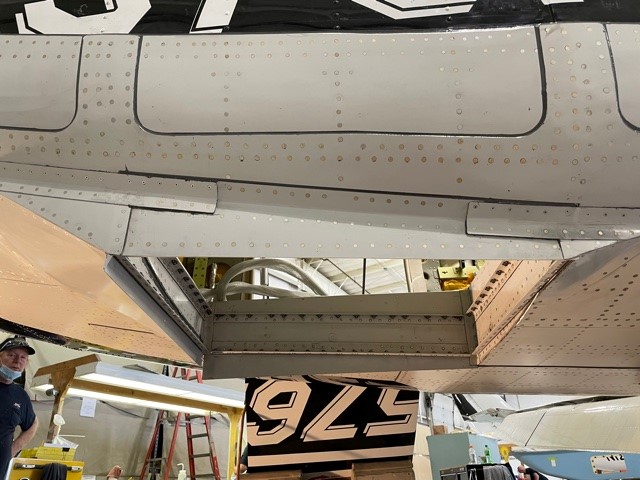 |
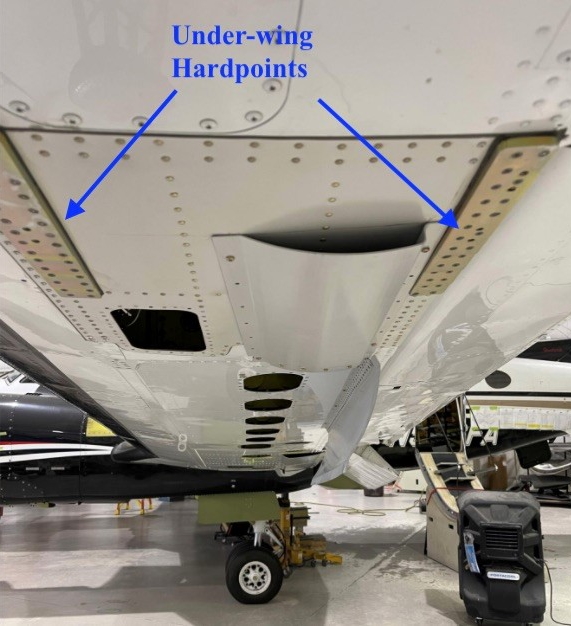 |
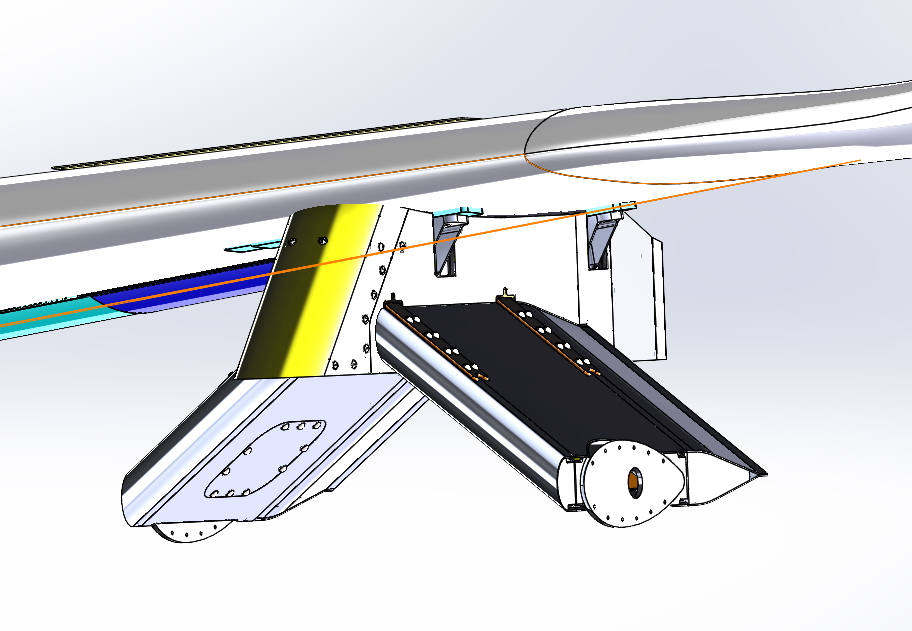 |
June 2021
Installation of nadir ports complete
The first major research modification was completed this month. The installation of the two major nadir ports were completed in June. These ports will be primarily used for the Wyoming Cloud Radar and the Raman and Doppler Lidars.
Manufacture and testing of under wing pylons
The under-wing pylons and wing wiring channels were completed and installed on the aircraft. In late June, ground vibration testing (GVT) was completed—the first step for the certification testing—with PMS-style canisters mounted on the pylons. Flight testing is scheduled for July.
Conceptual design of ‘upper crown’ layout continues
Work continues towards finalizing the upper crown layout, which includes the location of all ports and hardpoints on the top of the fuselage and the locations of antennas (with ‘keep out’ areas).
 |
 |
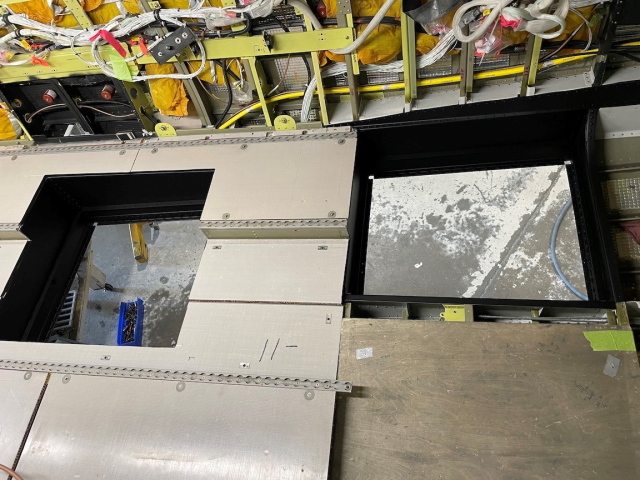 |
July 2021
Under-wing Pylons Flight Testing
Flight testing was completed on the under-wing pylons in July. Pylons on each wing were loaded with weighted ‘PMS-style’ instrument canisters and flight tested for performance and flutter. These are expected the be the last tests needed for completion of the certification of the pylons.
Mission Electrical System Design
Initial design work on the mission electrical system is nearing completion. During this ‘conceptual design phase’, UW and Avcon engineers have been working towards a mission electrical system capable of delivering 400 Amps of 28 Volt DC power for the research electrical system on the new King Air. The Preliminary Design Review for this system is scheduled for early August.
Major and Minor Zenith Ports Design
Preliminary design work is nearing completion on the zenith ports for the new King Air. The ports consist of 5 small (3”X5”) ‘multi-use’ ports for various instrumentation and 2 large (14” diameter) ports for use with the Wyoming Cloud Radar. Preliminary Design Reviews for the zenith ports is expected in August.
 |
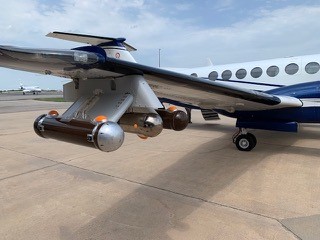 |
September 2021
Completion of Year 2 of Next-Gen UWKA
September 30 marked the completion of the second year of the NSF-funded MSRI project for the development of the Next Generation UWKA. Major accomplishments during the first two years include: acquisition of the low-hour 2013 King Air 350i that serves as the baseline aircraft; upgrade to larger PT-67A engines, upgrades to Garmin G1000 Avionics, upgrades to allow for larger takeoff weight, completion of major design work for extended nose with nose-boom and underwing pylons; installation of underwing pylons and two large nadir ports for radar and lidar, and completion of conceptual design for all other major fuselage modifications.
Site Visit to Avcon Industries
In early September, the UWYO team conducted a site visit to Avcon, the primary contractor for aircraft modifications and certification. The site visit included discussion on remaining major design work to be completed, acceptance of completed installations, and pathway towards full research certification.
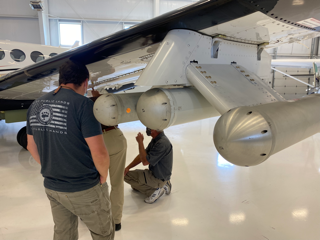 |
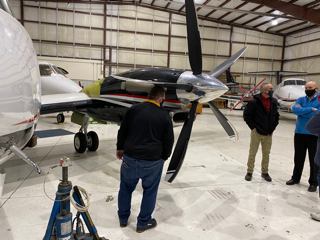 |
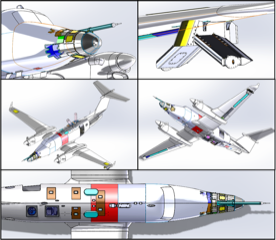 |
October 2021
Work Begins on Fabrication of Extended Nose and Nose Boom
Avcon Industries began work on fabrication of the extended nose and nose boom. Avcon acquired a nose section from another B300 and is using that nose section to develop tooling for the extended nose fabrication. Installation is expected to begin in early December, following the completion of baseline flight tests currently scheduled for mid-November
Project Familiarization Meeting Held for Research STC Project
A familiarization meeting was held at the UWYO flight facility in early October. In attendance were the Avcon engineering and management teams and administrators from AERO DC, the ODA that is under contract to Avcon to develop and certify the research STC. The research certification project officially began with the familiarization meeting, laying out the certification path and the initial development of the PSCP (Project Specific Certification Plan) that is targeted for FAA submission by the end of this year.
UWKA-2 Timeline Updated
Following the release of a new baseline schedule from Avcon.
November 2021
Fabrication of Extended Nose and Construction of Tooling
Avcon Industries has completed the tooling necessary to fabricate the extended nose for the new aircraft. The tooling is necessary to ensure the complex angles designed for the nose are repeatable. The tooling is based around a salvaged nose from a B300 aircraft (see pictures above). Nose fabrication is scheduled to be complete in late December with installation beginning in January.
Work Progresses on the Design of the Dropsonde Assembly
With most of the big modification designs completed or near completion, attention is turning towards some of the smaller design projects. In November Avcon presented their conceptual design for the AVAPS dropsonde port (see images above) which will be located near the rear of the fuselage. The design is expected to be finalized in late December or January.
Final Flight Testing for Wing Pylons & Baseline Testing for Extended Nose
Several flight tests were completed in November for the wing pylons to show compliance with noise requirements and any impact on different modes of flight. The flight test results are expected to be complete in December and will be used for baseline flight characteristics that are needed prior to the installation of the extended nose, to begin in January.
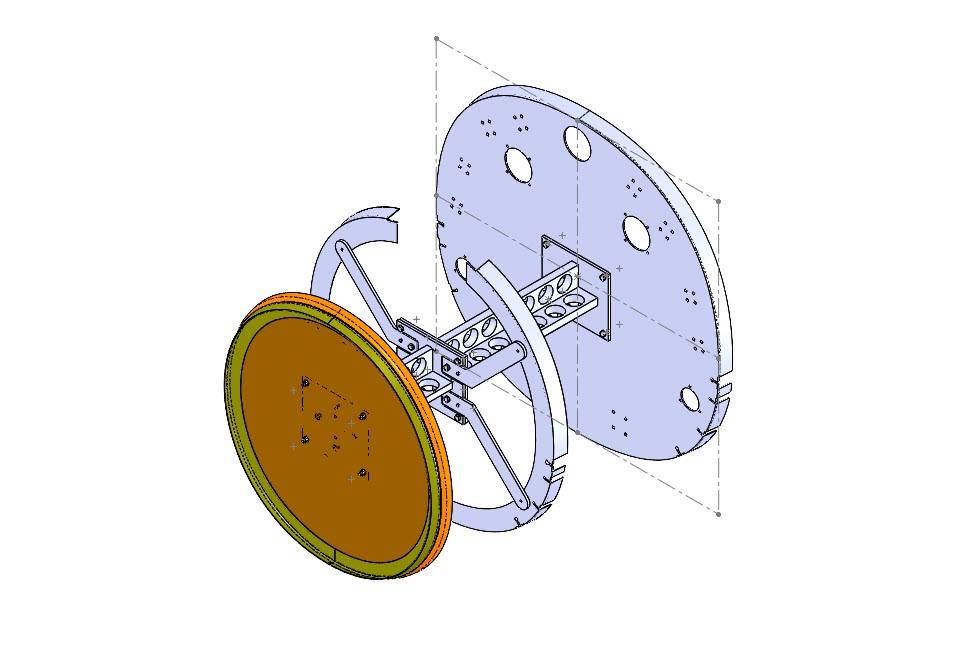 |
 |
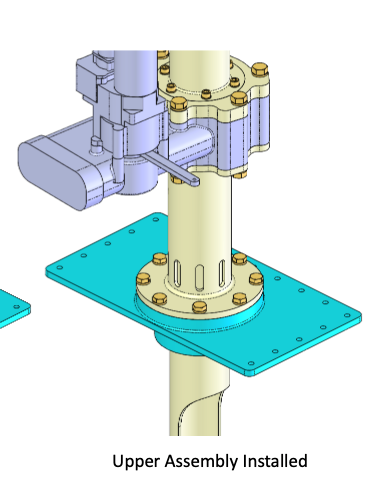 |
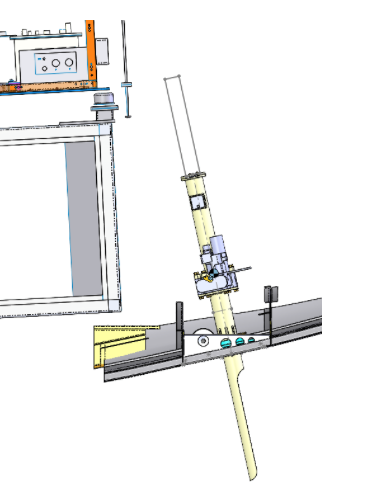 |
January / February 2022
Installation of Nose Boom and Extended Nose Begins
Installation of the Nose Boom and Extended Nose Assembly began in January and continued into February, following completion of developing the tooling necessary for the build. The Nose Boom will be used to mount a Rosemount 858 Air Data Probe (for winds and turbulence measurements). The extended nose will provide several locations for mounting instruments. There will be a total of 5 instrument pads that are fully configurable with sufficient space inside the nose to mount additional instrument electronics.
Designs Finalized for Static Pressure Ports and Drop Sonde
With most of the big modification designs completed or near completion, attention is turning towards some of the smaller design projects. In November Avcon presented their conceptual design for the AVAPS dropsonde port (see images below) which will be located near the rear of the fuselage. The design is expected to be finalized in late December or January.
Work Continues on the Certification Plan
UW provided comments to Avcon regarding the selected ODA (Organization Delegation Authorization) who will be completing the certification for the research configuration. A kickoff meeting between all 3 groups was held in November, since then work has focused on the development of the Project-Specific Certification Plan (PSCP). We are targeting submission of the PSCP by the end of March.
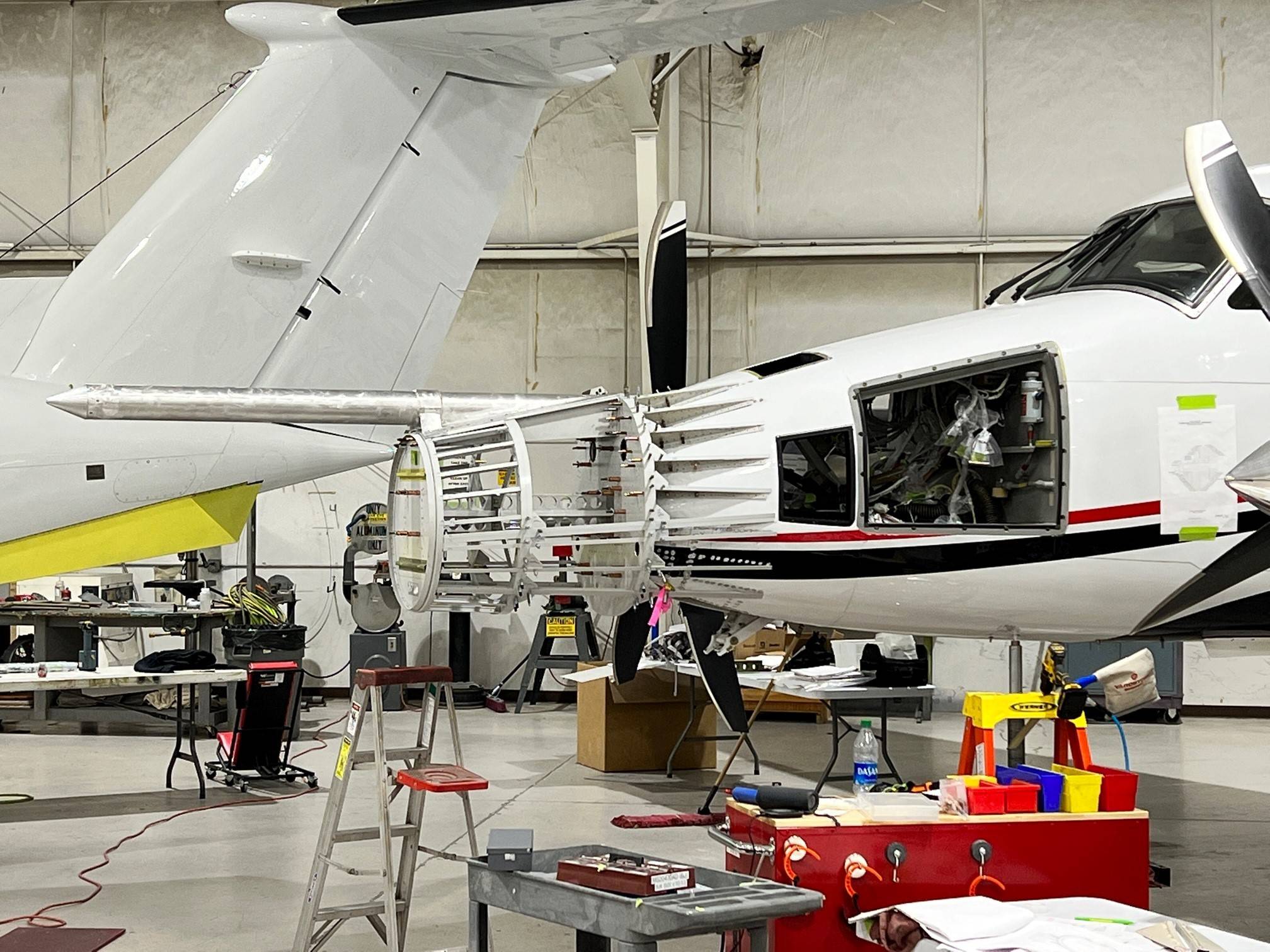 |
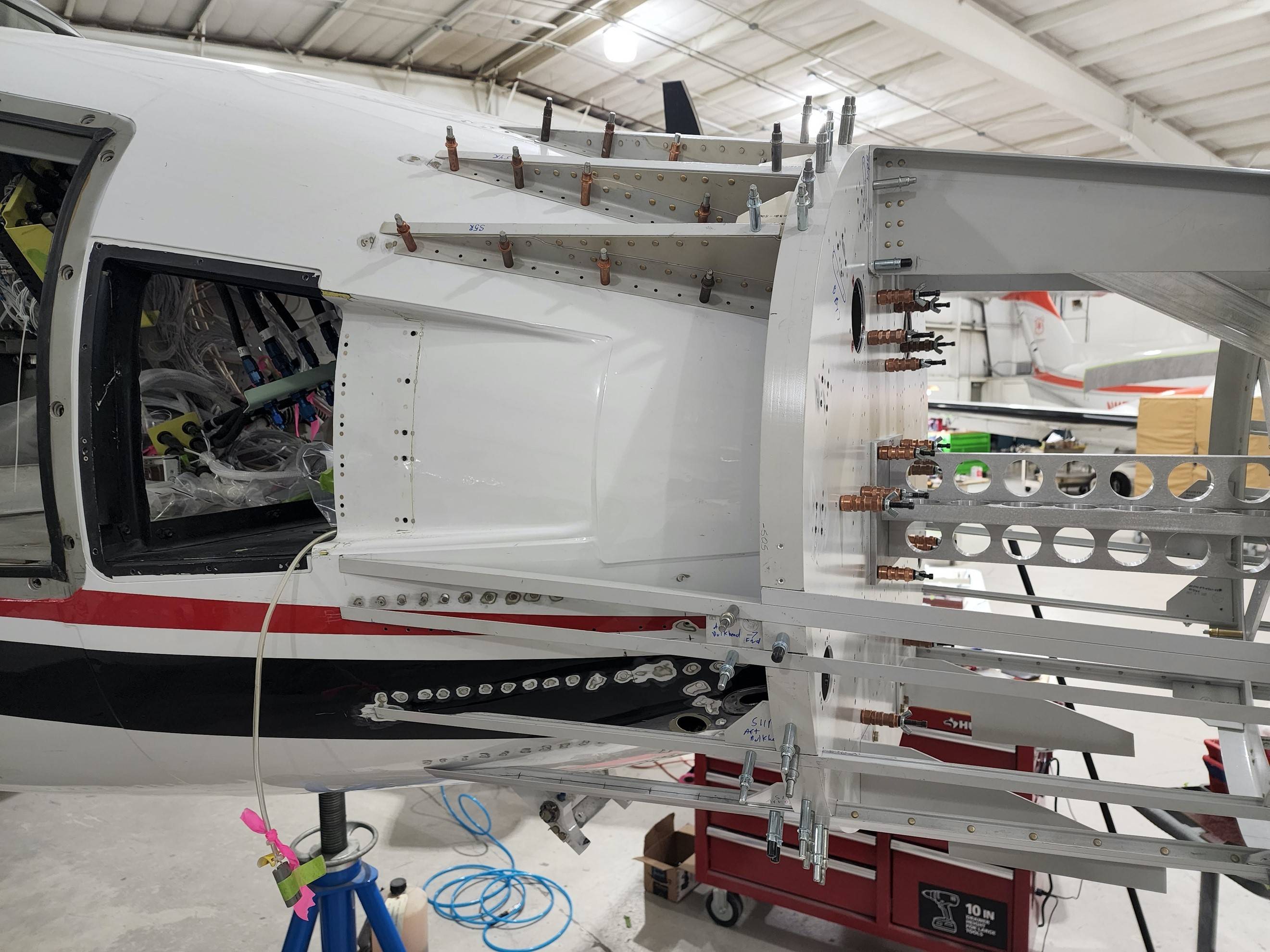 |
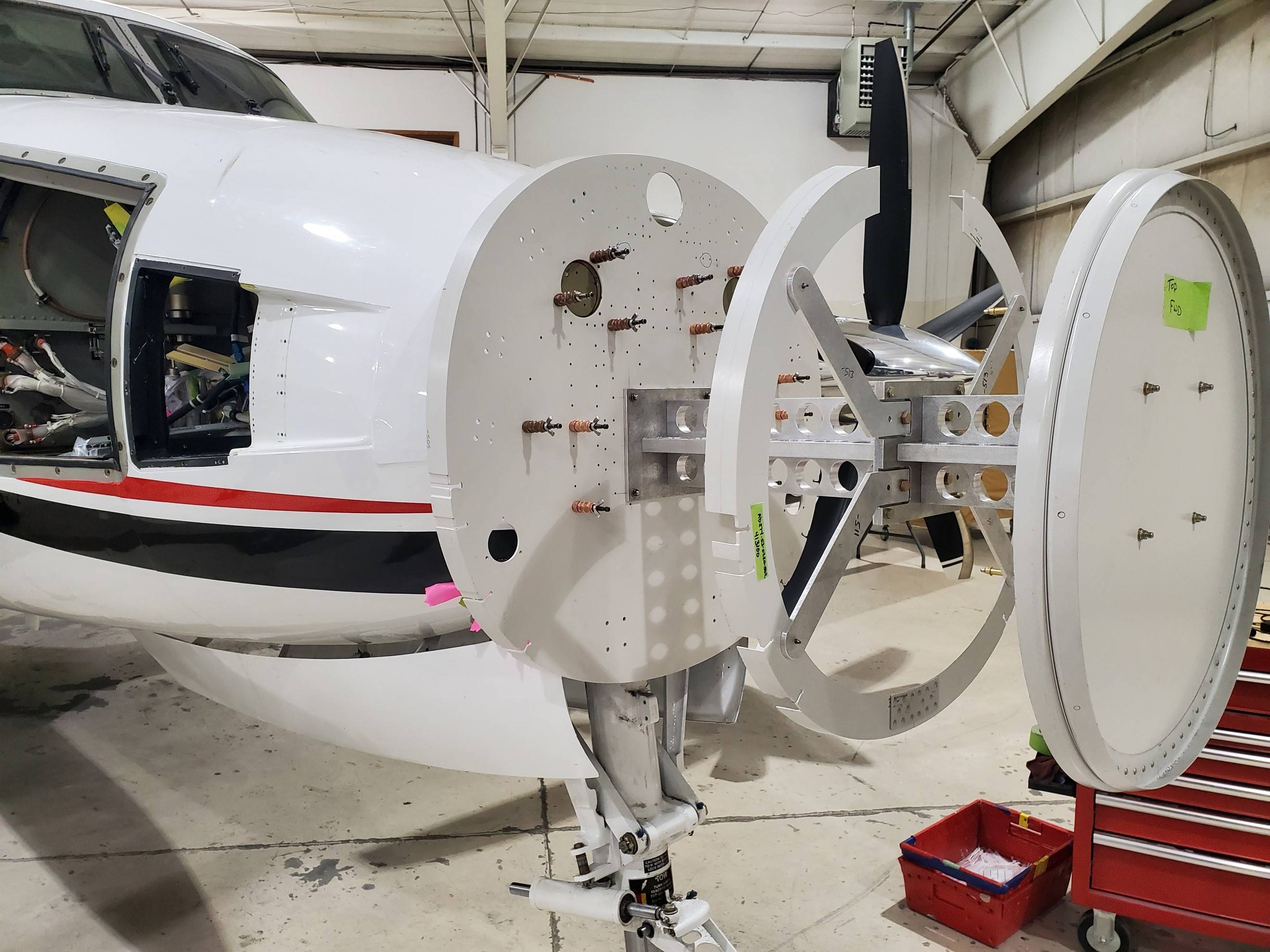 |
March 2023
Work continues on airframe modification and certification
Much of the ongoing work for the next-generation King Air now involves details necessary for the aircraft's certification ahead of its delivery to the University of Wyoming. Several projects involving modification of the airframe are still in progress as well. These include modifications to the main landing gear doors, as well as fabrication and installation of parts for the zenith instrumentation ports and the downward-facing camera port.
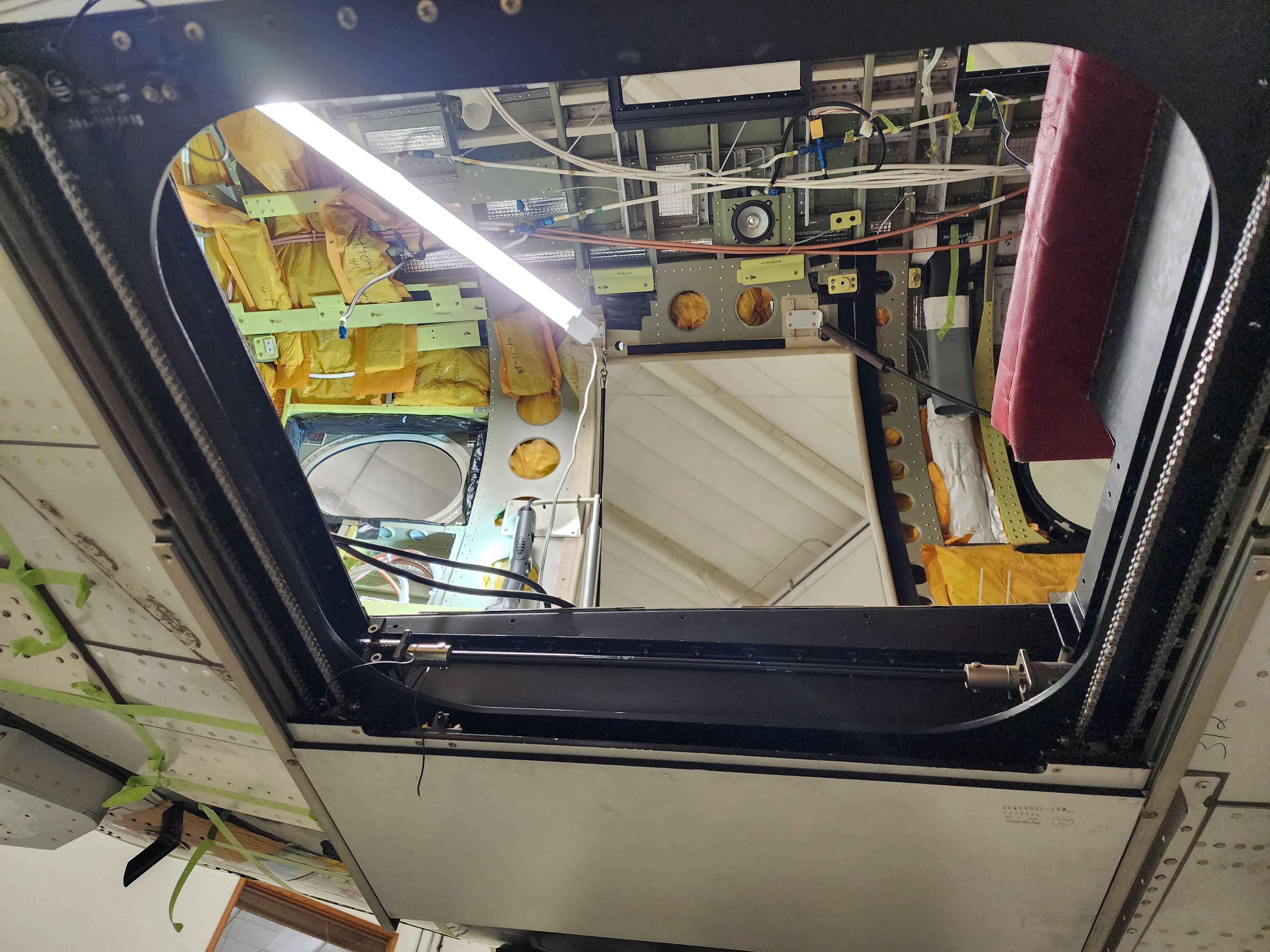 |
 |
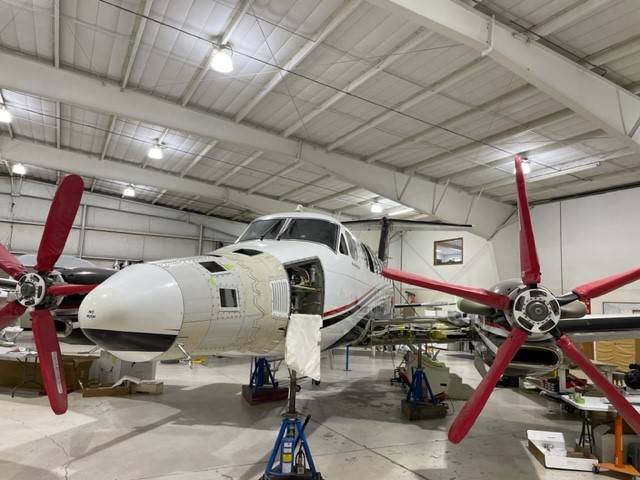 |
April / May 2023
Airframe modification work continues
Work continued in April and May, focusing on additional airframe alterations to help support the aircraft's instrumentation and communication capabilities. These included modifications to the aircraft's Traffic Collision Avoidance System (TCAS) antenna position to account for research equipment installation needs, updates to the air conditioning system to increase its capability to maintain cool instrument temperatures, and changes to the aircraft's passenger baggage compartment to support an instrument rack and operator's seat. These updates are taking place prior to the next phase of the aircraft's development process, a sequence of flight tests to evaluate its capabilities.
 |
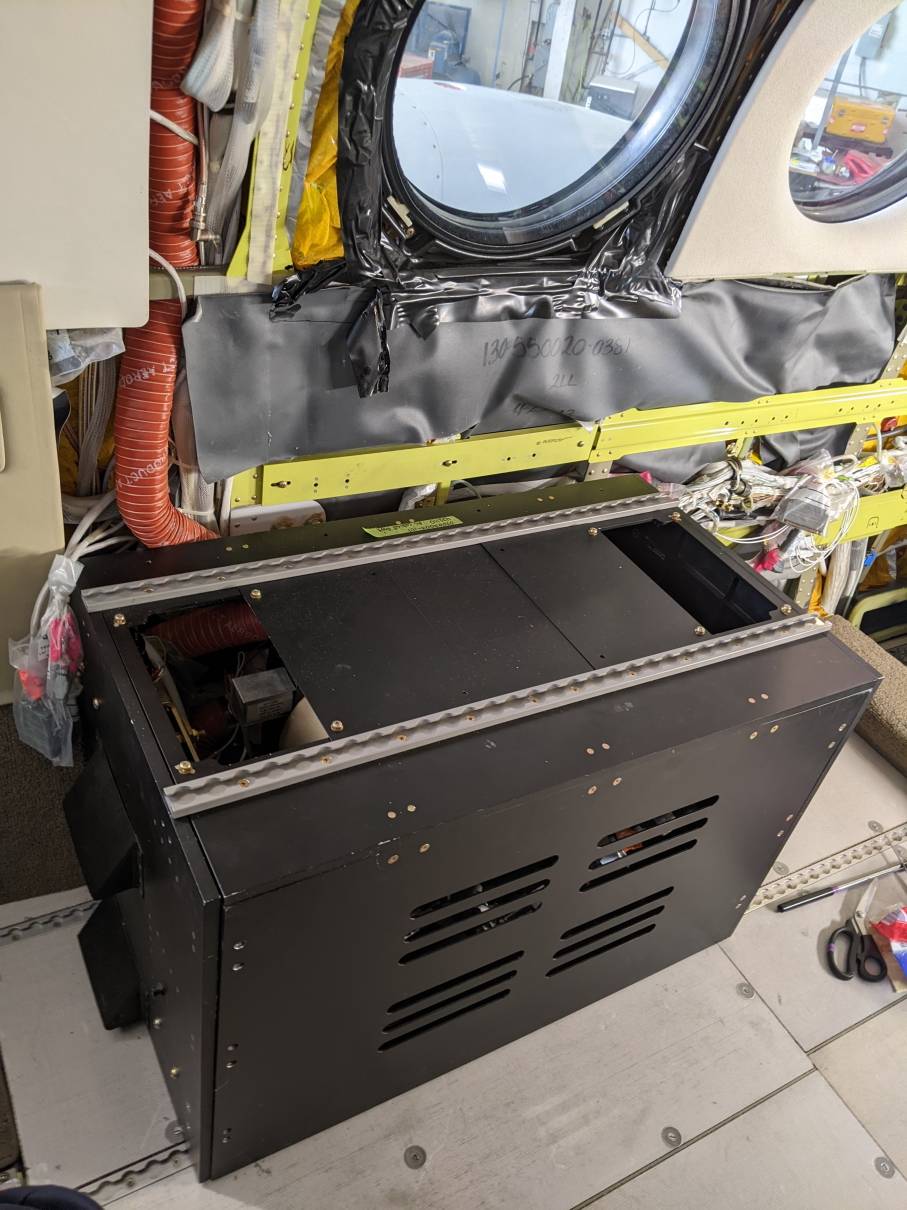 |
 |
July / August 2023
Aircraft completes initial flight testing
In early July, the modified King Air completed a major milestone in the certification process, successfully passing its initial commuter category flight test. This is a precursor to the FAA testing that will be required to certify the aircraft for use in its research role with the University of Wyoming. The photos below show the external configuration for testing, with structural modifications complete but no equipment installed, along with the track and details for the test flight courtesy of FlightAware.
 |
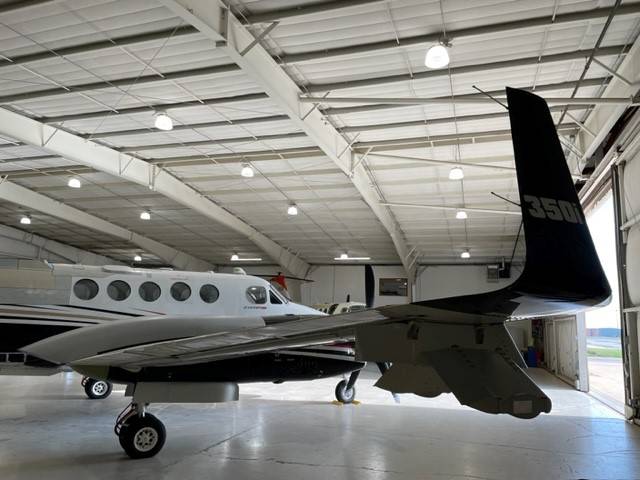 |
 |
Flight testing continued successfully, focusing on performance aspects such as flight characteristics under various center-of-gravity configurations. Subsequently, the interior of the aircraft will be returned to its basic research configuration to prepare for FAA flight testing.
 |
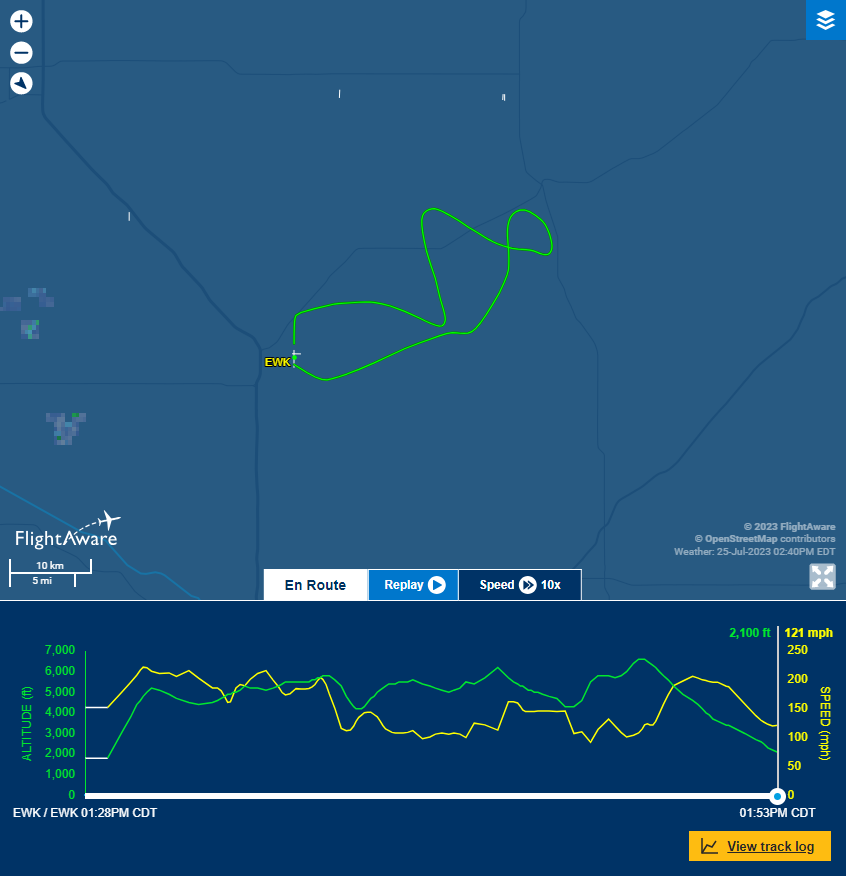 |
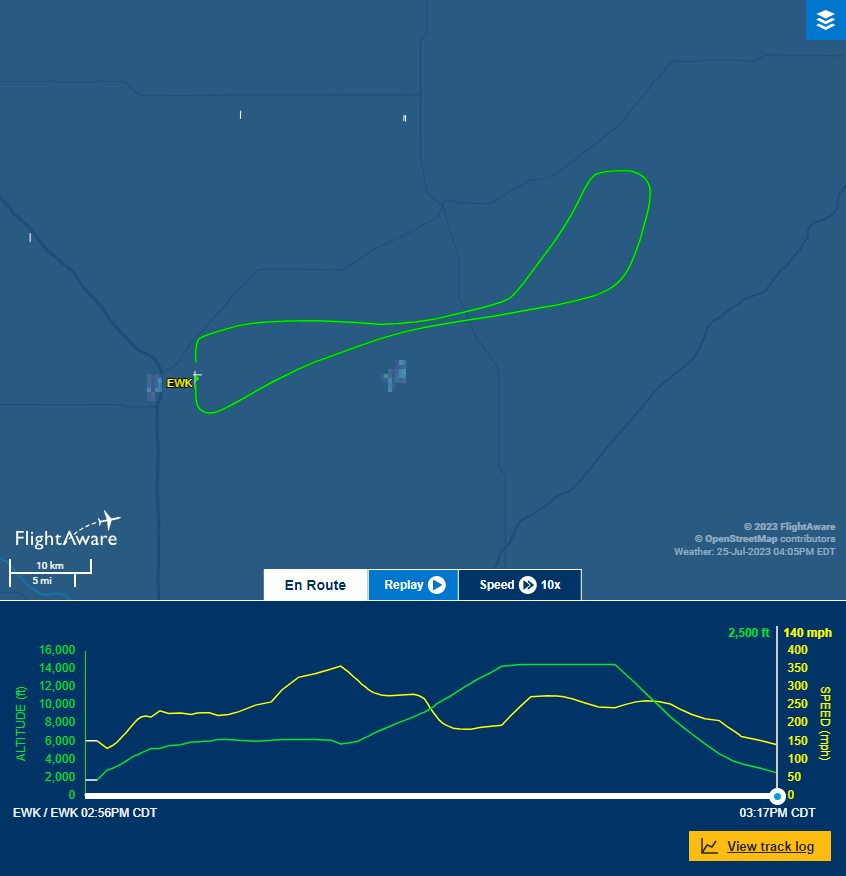 |
September 2023
Modifications continue in preparation for additional flight testing
Work has continued to proceed on the interior of the aircraft, including tasks related to the research electrical system. This takes place in preparation for the next set of flight tests, which measures the impact to the aircraft's performance of various research equipment that may be installed on its exterior. This provides valuable information for identifying the aircraft's capabilities with specific requested instrument payloads when it comes online for research flights.
Additionally, the color scheme for the aircraft has been finalized. This custom scheme will replace its current paint and display the aircraft's affiliation with the University of Wyoming and the National Science Foundation, as well as echoing the color schemes used by the facility's original research King Air.

October 2023
Interior modifications complete, preparation continues for additional flight testing
Work has continued to finalize the King Air’s interior modifications, with the transition from the original passenger aircraft configuration to a research mission interior now complete. Examples of the modified research interior configuration are shown below.
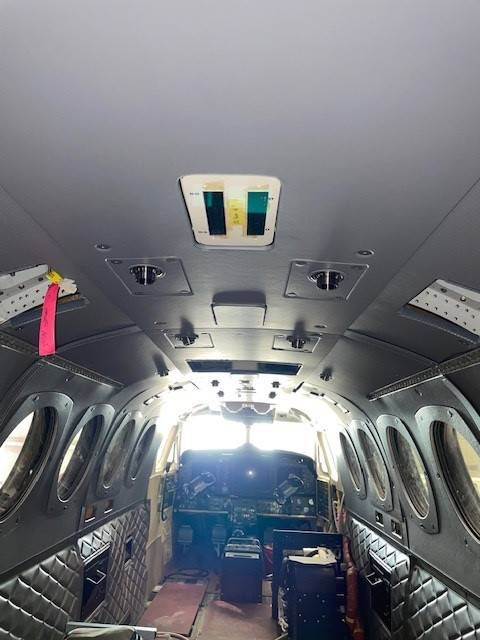 |
 |
 |
The next step forward will be the completion of drag testing in flight, with the aircraft now ready to proceed with flight testing. This will identify the performance penalty of instruments installed on the aircraft’s exterior, using various shapes constructed out of aluminum and 3D printed plastic. These are mounted outside the aircraft to simulate the sizes and characteristics of the actual instruments, with 8-12 configurations designed to simulate the effects of various instrument payloads. Examples are shown below for several external mounting points, along with some views of the full installation.
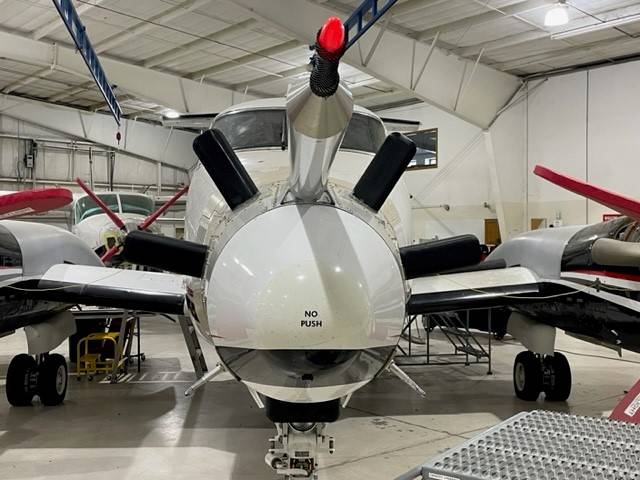 |
 |
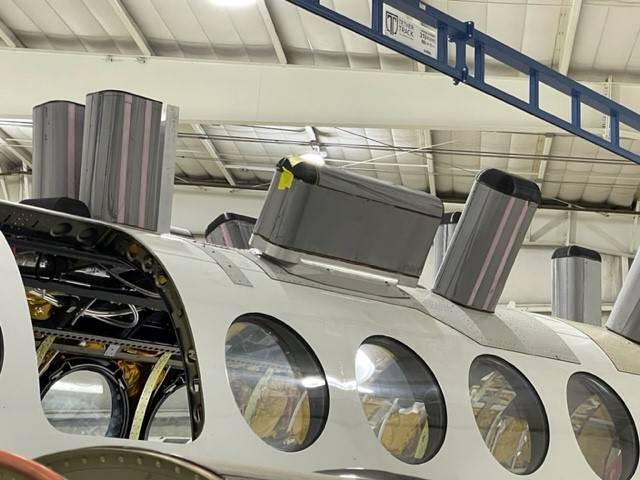 |
 |
 |
 |
November / December 2023
Additional flight testing continues
Flight testing assessing the performance penalty of exterior instrument installations proceeded in November and December. Flights took place using a variety of simulated payloads under a range of flight conditions, with a majority of flight testing now completed. Several example flight tracks are shown below.
 |
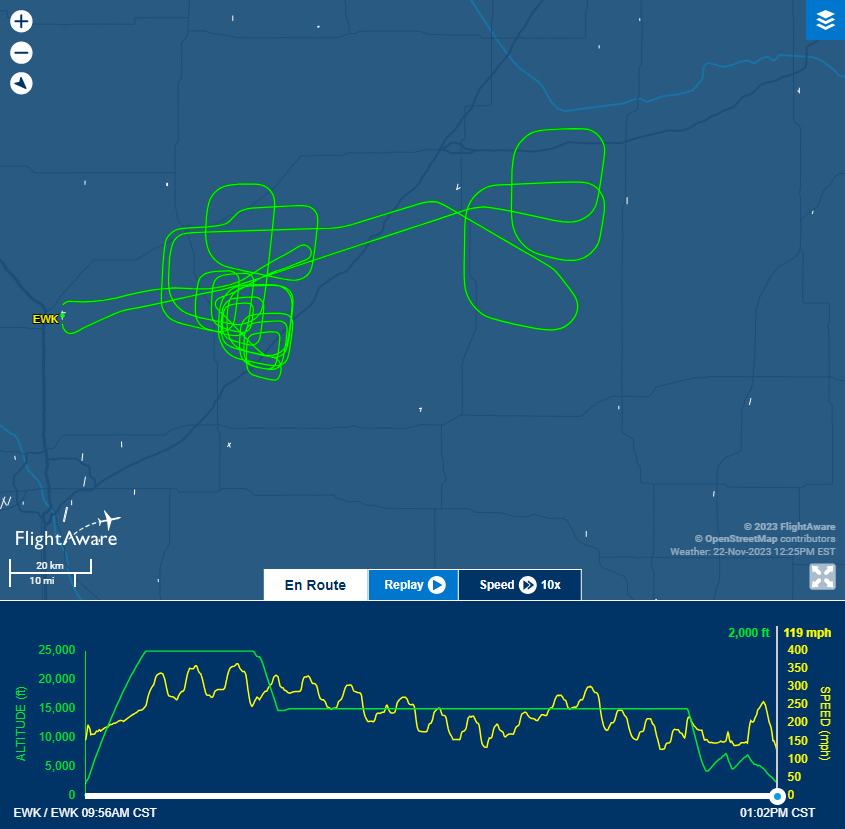 |
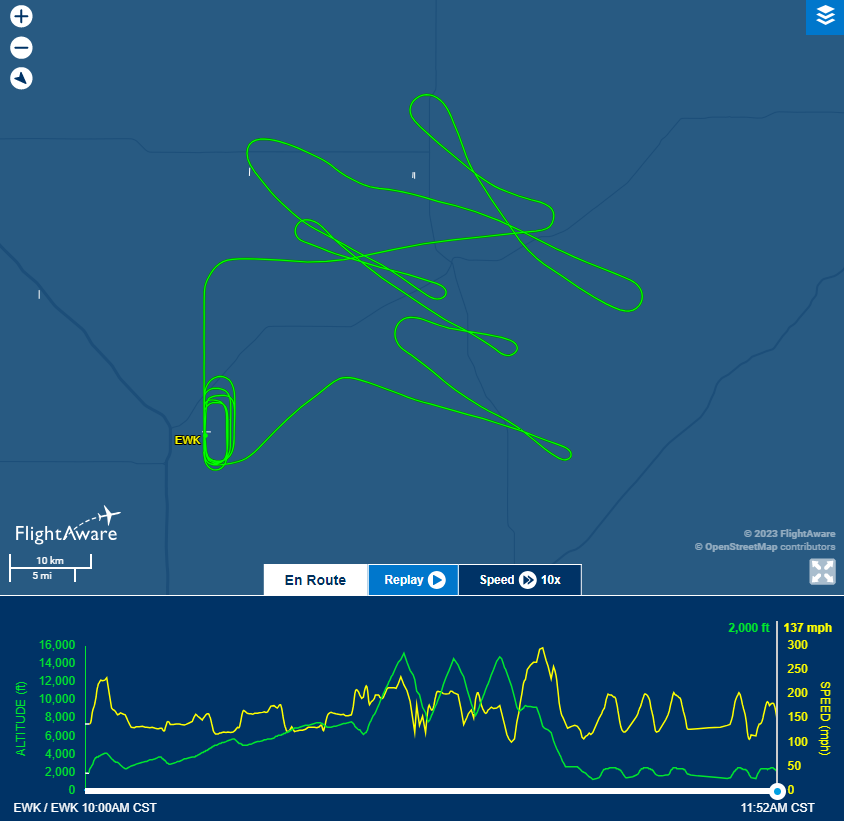 |
January 2024
Flight testing complete!
Flight testing for the new King Air was successfully completed in early January, doing a variety of flights characterizing aircraft performance under various loads, as well as measuring noise characteristics of airport overflights. The aircraft is now being prepared to receive its custom paint scheme, in preparation for an expected delivery to the University. Subsequently, the UWKA facility crew will begin additional in-house work on the King Air to complete its preparations for research readiness. The custom paint scheme is shown below, along with several of the final flight tracks testing various performance characteristics.
 |
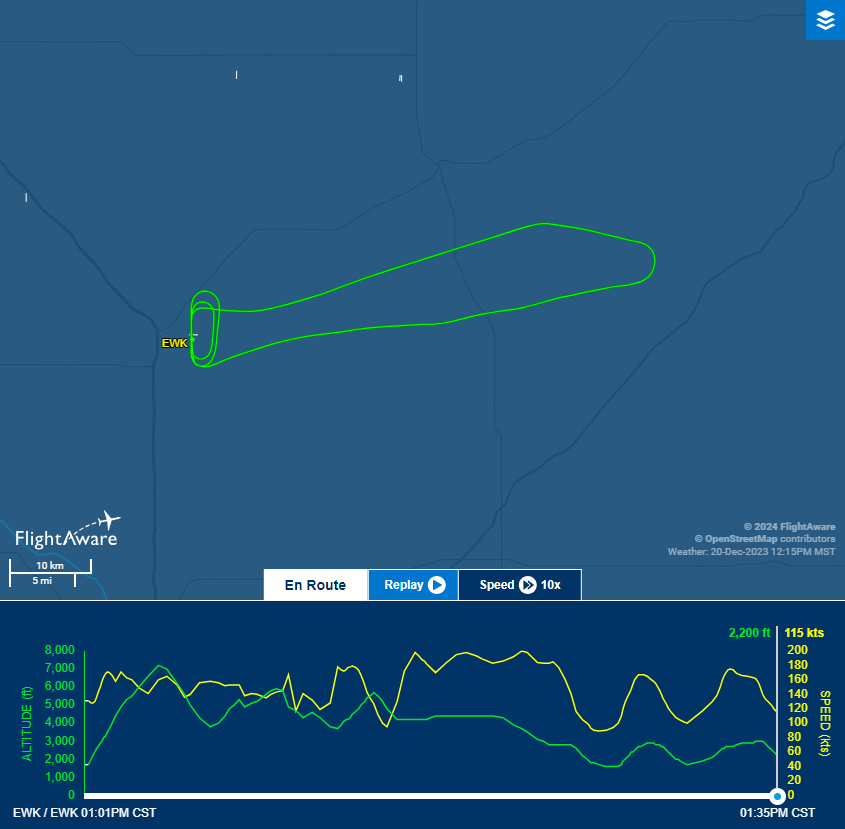 |
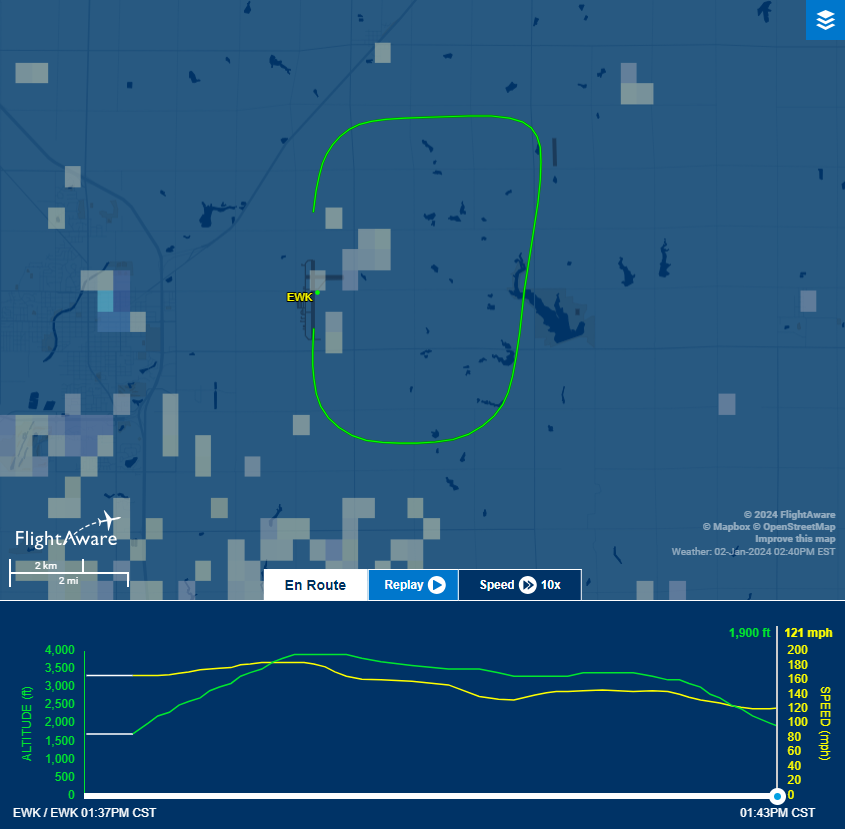 |
February 2024
New paint scheme underway
The aircraft is now in the process of being given its new paint scheme, with much of the old paint now removed. Once the painting is complete, the aircraft will be returned for some final checks next month, ahead of its anticipated delivery to the University in April. Photos are shown below of the preparation and initial paint removal.
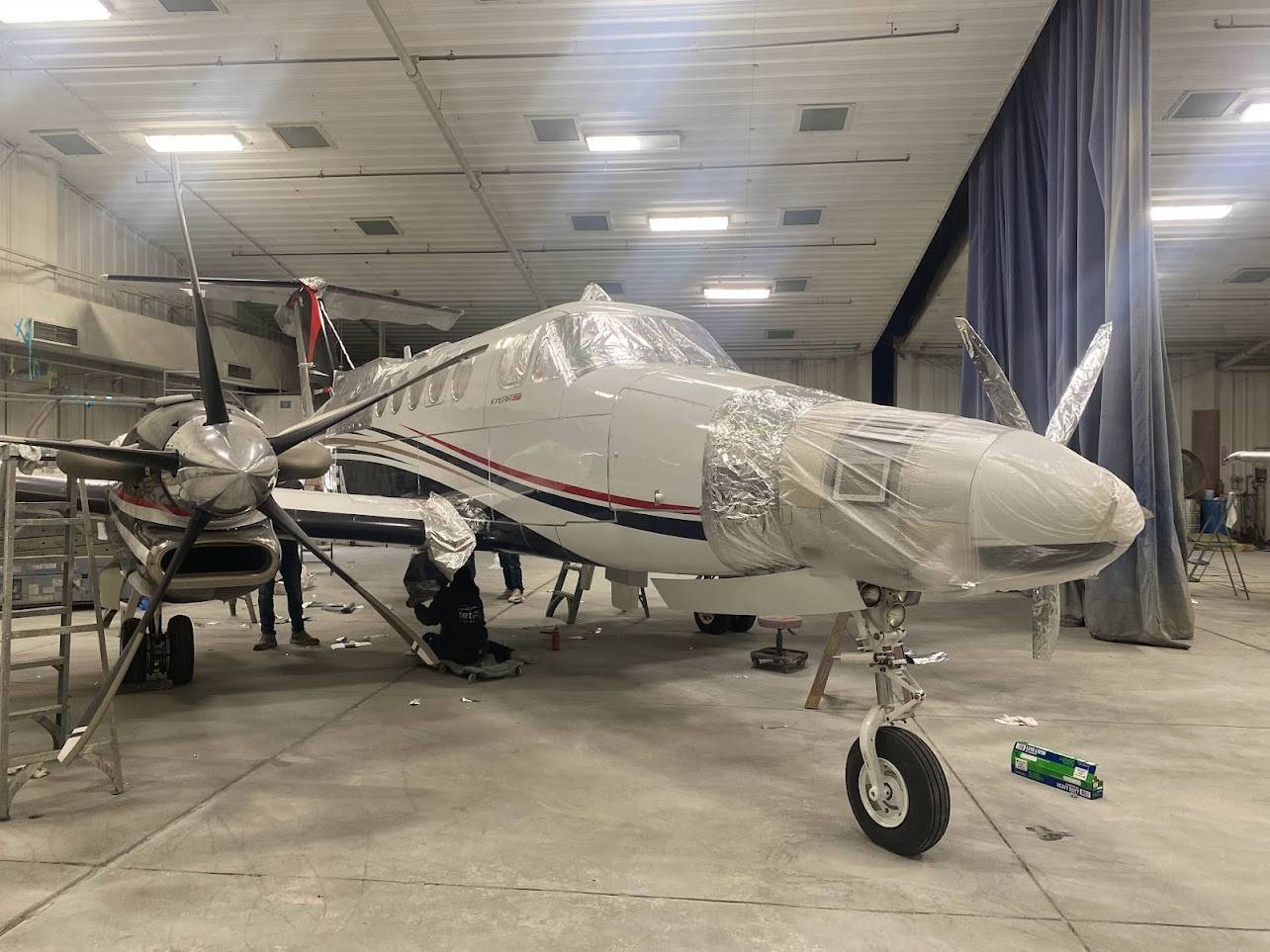 |
 |
 |
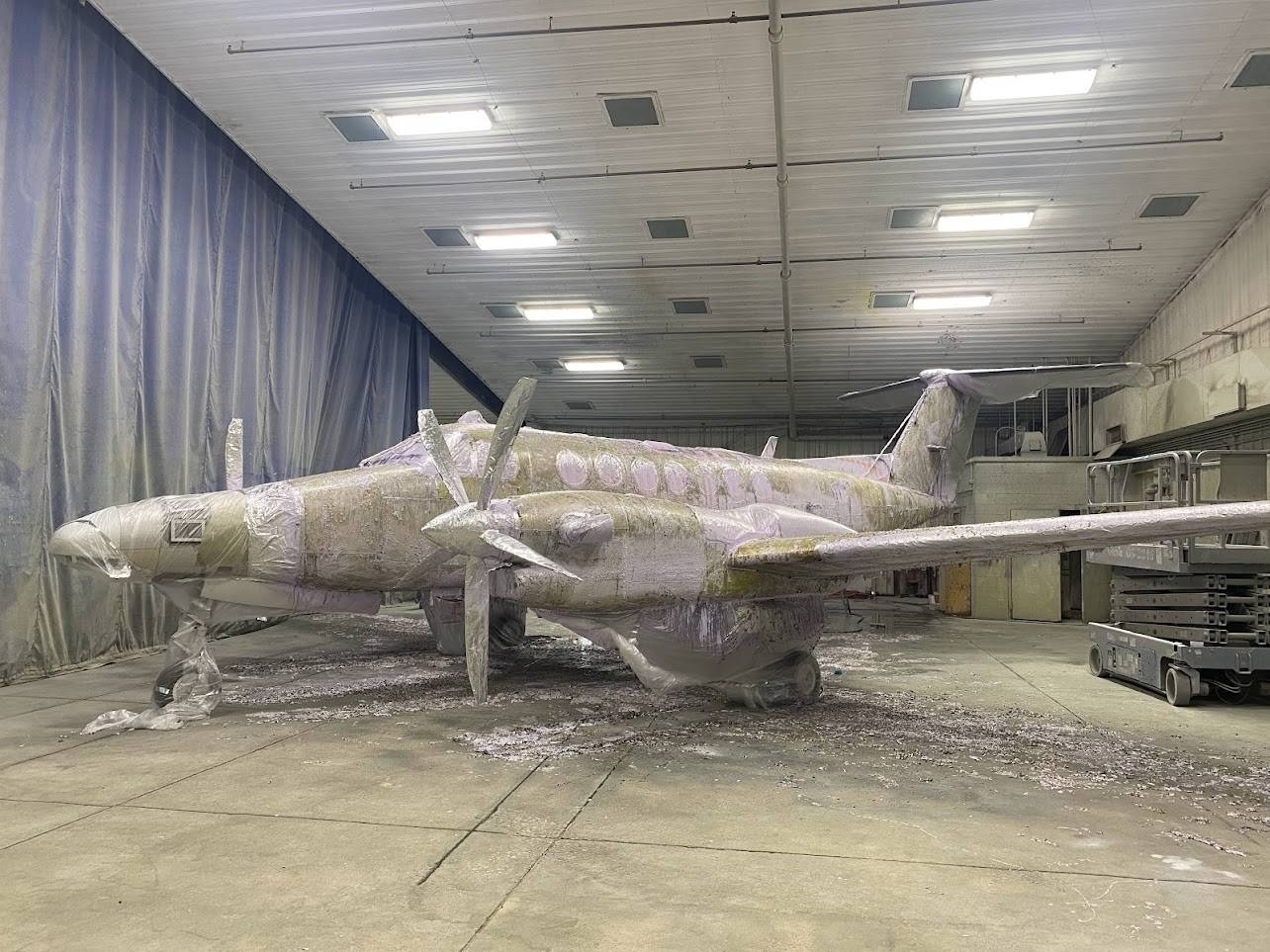 |
 |
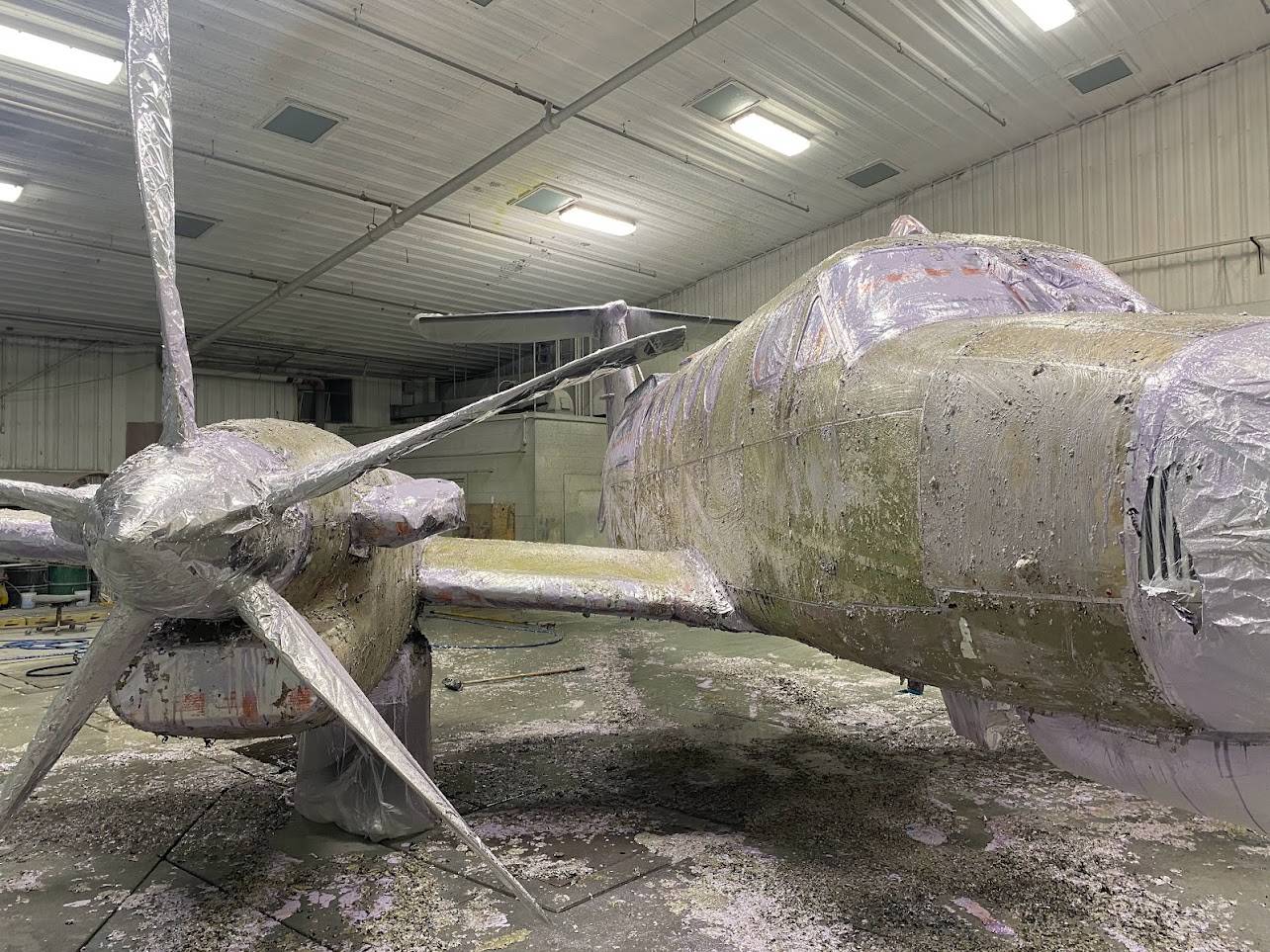 |

